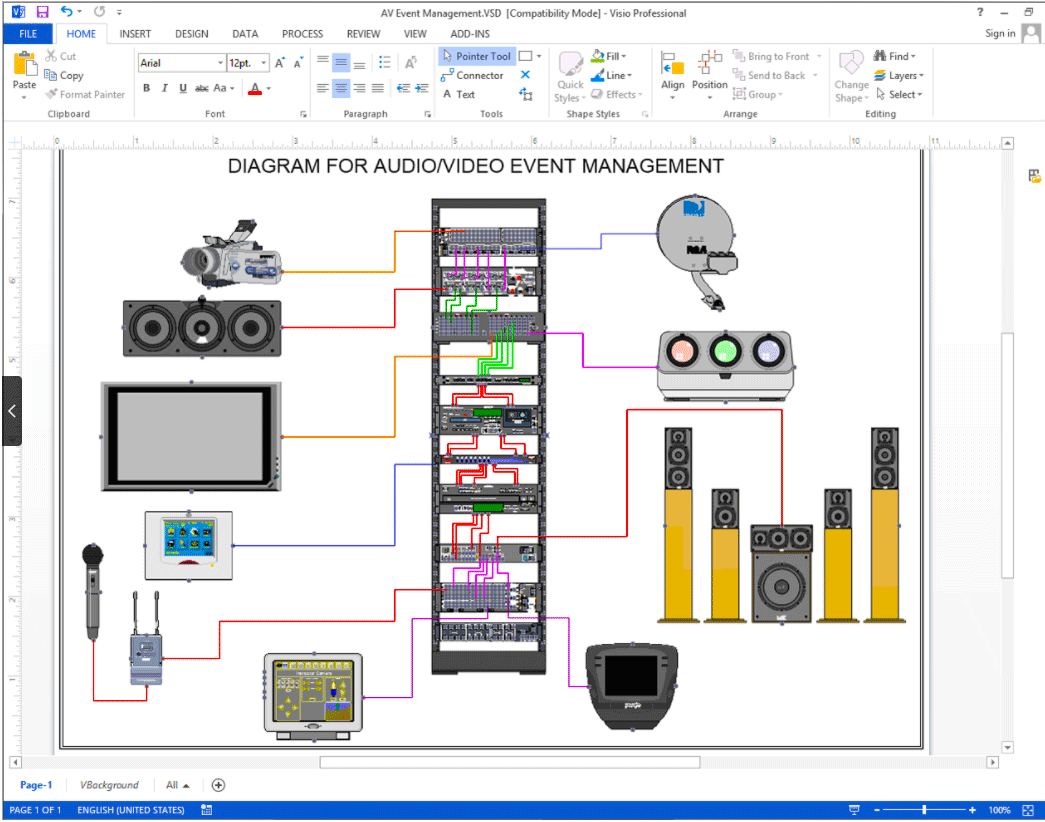Essential Factors to Evaluate While Selecting the Perfect Surveillance Camera Solution for Your Business
Essential Factors to Evaluate While Selecting the Perfect Surveillance Camera Solution for Your Business
Blog Article
When choosing a surveillance camera system for a business, multiple critical considerations must be taken into account to guarantee the security and protection of the premises. A well-chosen surveillance camera solution can discourage criminal activity, observe activities, and provide valuable evidence in the event of incidents. The first consideration to evaluate is the kind of surveillance devices needed. There are different kinds of surveillance cameras, including dome cameras, bullet units, and pan-tilt-zoom units. Each kind has its own advantages and is suitable for varied settings. For example, dome units are often used inside due to their discreet design, while bullet cameras are perfect for external use because they can monitor long distances.
Another important consideration is the resolution of the units. The image quality determines the sharpness of the images recorded by the cameras. Higher image quality cameras provide sharper images, which can be vital for identifying individuals or license tags. Businesses should evaluate their specific needs when choosing the resolution. For example, a retail business may require high-quality cameras to observe client interactions, while a storage facility might prioritize wider coverage over fine resolution. It is also important to consider about the storage solutions for the recorded video. Companies can choose between on-site storage, such as solid-state drives, or cloud solutions, which allows for off-site access and simpler management of footage files.
The positioning of the cameras is a further critical factor. Proper camera positioning can greatly enhance the efficacy of a security solution. Cameras should be located to monitor all entry and egress points, as well as busy zones within the business. It is also crucial to consider possible areas of vulnerability where criminal actions could occur without detection. A qualified security expert can help identify the optimal spots for camera setup to maximize coverage and reduce vulnerabilities. Additionally, companies should think about the illumination environment in the areas where units will be installed. Units with low-light vision are necessary for observing poorly illuminated areas.
Connectivity and compatibility with other security solutions are also important factors. Many modern security camera systems offer capabilities such as off-site viewing through smartphones or PCs, which Recommended Reading allows company owners to observe their property in real-time. Integration with alarm systems or access management solutions can provide a more holistic surveillance solution. Businesses should assess their existing security protocols and think about how a new camera solution can complement or boost those measures. This integration can lead to a more effective and effective surveillance approach.
Finally, budget considerations play a significant role in selecting a security camera solution. Companies must weigh the requirement for top-notch devices with their financial constraints. It is important to investigate various brands and models to identify a solution that offers the optimal value for money. Although it may be tempting to select the cheapest option, spending in a reliable and durable system can save costs in the long-term by lowering maintenance costs and enhancing safety. By thoughtfully evaluating these considerations, companies can select the ideal security camera system that fulfills their specific needs and improves their total security posture.